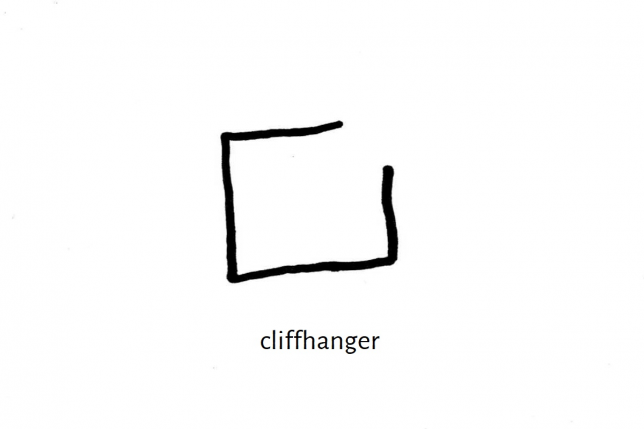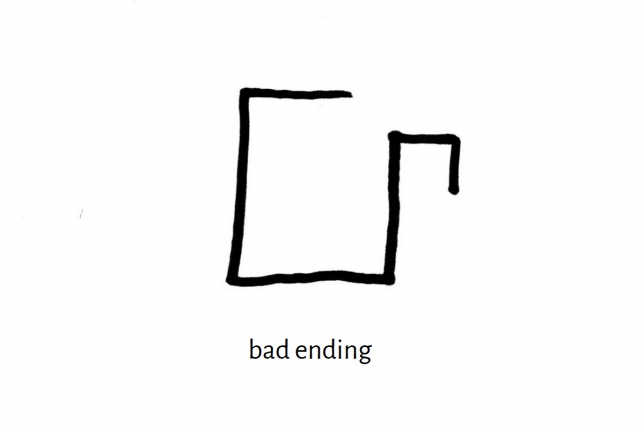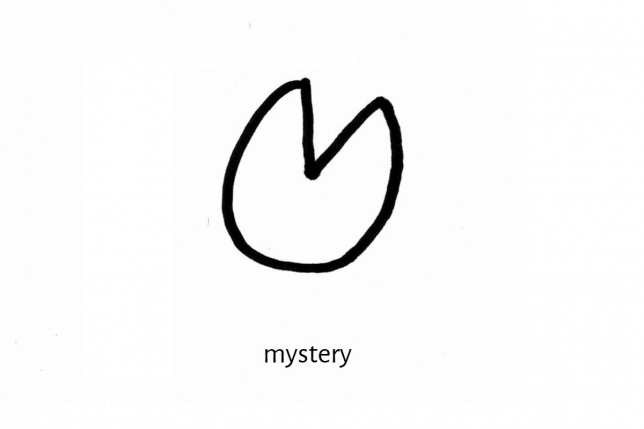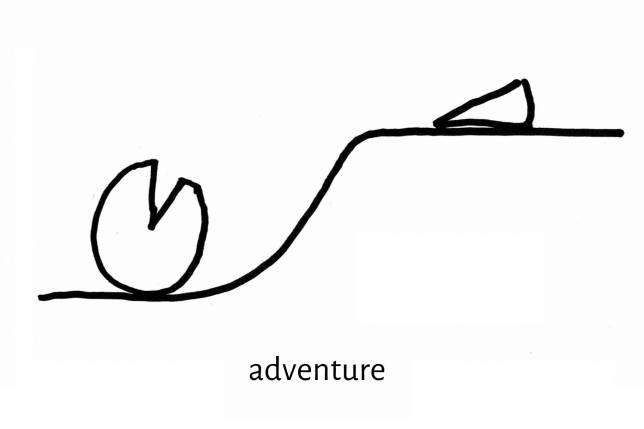from Benjie
What works in a duck pond?
Learning to market your business by studying the big brands
is like learning to surf in a duck pond
by practicing
in the Atlantic.
You’re tempted to look at Nike, at Apple, at Lego or Vans or Marvel Studios and ask, “How are they marketing?”
You’re tempted to think that if Red Bull’s killing it on some platform, you’ll kill it on that platform too. You want to study all the biggest companies and think, “They’re that big for a reason. I’ll do like they do.”
But that’s like practicing in the Atlantic Ocean so you can go surfing in a duck pond.
You’ll learn something.
What you learn won’t necessarily help your business.
Because size does matter. Oceans have waves; ponds do not. Big businesses have different opportunities from small ones. They have different problems, too. Big businesses care lots about PR and brand recognition; they might even care about likes and shares on their social media.
Those things are waves. They matter to the ocean.
Not to you. You don’t care, first and foremost, about brand engagement. You don’t care about your likes and shares. Not in and of themselves.
The thing you care about is sales. Your business needs to do some business.
Now.
And while it’s fun to take a look at the world’s biggest, most familiar brands – what matters is what works for you. In your organization. In a small and local business, if that’s what you’re running. In a space where making waves and catching waves is maybe not as crucial as just
learning
how
to swim.
What works in a duck pond?
[Follow me on Twitter, where I say the same things in entirely different ways.]
Why is everybody bad at this but me?
Founders get into this bind: You dragged the business up by your own bootstraps or whatever; you got here by leveraging your talent or your charm or notoriety. At one point, you were all your company had.
But this is not that point. And now you’re going to get stretched thinner and thinner as your company has more and more success.
Clients like you. But can you still give yourself to every client? Do you want to?
If not, then your business needs to offer something that’s uniquely valuable – that is NOT you.
Find out why clients hire you in the first place. I mean REALLY why they hire you. What’s the thing you do or have or show that wins their business? Understand what makes you special. Name it.
If you can explain it, you can duplicate it.
You can figure out how others on your team deliver that without you there. Train them to do what you do, even when you don’t.
And then train them to talk about it.
Without talking about you.
Your company’s brand will stretch a whole lot further than you will. It goes two places at the same time. It keeps working when you can’t. This is why businesses have brands.
And this is why small businesses re-brand when they become not-quite-as-small.
Your personal brand is stretched too thin. Go build a bigger one.

God wrote your mission statement? You still need help on your mission statement.
I used to think religious truth was handed down from up above, etched out on tablets or on scrolls, forever fixed and finished from the get-go.
But that’s – please excuse the pun – a myth. Religions seldom grow that way.
They grow in dialogue.
They swell up over months, decades, millennia of back-and-forth. Perspectives clash and fuse. The faithful talk about which version, which stories, which practices of divine truth they find most meaningful. There’s some oral transmission, word-of-mouth work-shopping, before somebody thinks to write it down.
The images and poetry and tales that make the cut? The ones we come to think of as essential to that religious tradition? They’re the ones that stood the test of (a) time and (b) people.
They’re still here because a bunch of folks found meaning in them. And keep finding meaning.
So.
How do you explain what your company does?
Not as religion, I hope. But I hope you do explain why what you do is somehow meaningful. I hope you help your customers or donors or employees to connect with what you do on a heart level. I hope you can tell a story that makes people care.
And you might not get there by handing down your mission statement from on high, fixed on a tablet or a corporate memo.
It might take some dialogue.
You might need input from your board, your customers, your team. You might need to let people kick that mission statement’s tires a bit. Your company’s story needs to stand the test of people. And of time.
Which takes a little time.
And, probably, a little help.
And, most of all, humility. We’re all just seekers after all.
Six stories without words
Here are six stories you can tell without saying a word.
And now, three stories about pie:
Stories play on our need for resolution. We want to see the box completed or the pie united with its missing piece. When something’s missing, that’s the beginning of a story.
Your marketing should tell a story, but here’s the thing: You don’t get to tell your clients what their story is. Your clients are already living it. (In fact, they’re living hundreds at the same time. Life is complicated!)
So how do you market? If you own a business, figure out what story clients are already living.
Frame it for them.
Put it into words, then pictures, so they go, “You said it better than I could myself.”
Then, offer resolution.
If you can complete somebody’s box or be somebody’s missing pie piece, they’re going to want to hire you. But they have to see you that way first.






